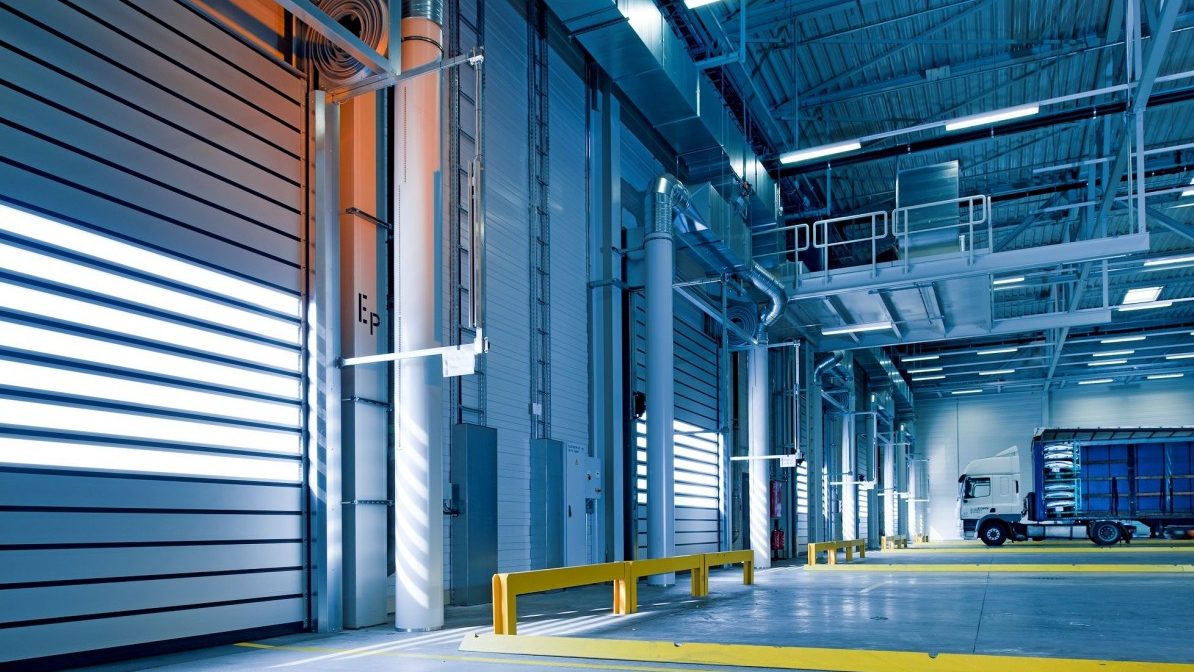COVID19 has resulted in a perhaps unprecedented level of scrutiny being placed upon supply chain management. Often considered ‘out of sight, out of mind’ to all but those directly involved, warehouses, shipping and order fulfillment have been front and centre in the news. A changing economy, evolving consumer behaviour, rapidly developing technology and a host of domestic and foreign uncertainties have created conditions that suggest a re-evaluation of the way we manufacture, procure, store and distribute our goods. As the economy reawakens from the COVID-19 shutdown, there are short and long term implications to be considered for those involved in logistics and supply chain management; changes that will affect infrastructure, procedures and staffing.
Short Term Supply Chain Trends
As restrictions are eased and the economy comes back to life, transportation and warehousing will be needed to support the retail sector. The ‘COVID Gap’ has resulted in some degree of supply chain disarray and, although the economy continues to operate at less than full capacity, there is much work to be done in order to make up for lost time.
“There is a tremendous backlog of apparel and fashion products that are currently suspended in supply chain limbo,” says William McKinnon, president of Vancouver-based third party logistics company Canadian Alliance. “As retail has declined, large retailers have truncated their supply chain to stop goods in transit either at origin, somewhere between origin and destination, or at destination.”1
Effects of E-commerce and COVID-19 on Warehouses and Transportation
COVID-19 has accelerated the growth of e-commerce which, of course, creates demand for efficient logistics systems and warehouse/transportation workers. Even groceries are being ordered online, a trend that, if persistent, will necessitate increased investment in cold storage warehousing.
It’s not only consumer behaviour effecting change. Recent events have led to a reconsideration of supply chain management and we may see a more prudent approach gain favour. COVID-19 brought with it shuttered factories and closed borders, highlighting the need for a more decentralized approach to the procurement of goods. While the pandemic presents the most high profile threat to the ‘all eggs in one basket approach’, it is by no means the only danger. Trade wars, natural disasters, geopolitical instability and even warehouse fires can burn those who fail to diversify.
“Companies will be less risk tolerant moving forward,” writes Richard Howells for Forbes. “Just-In-Time inventory systems and practices in which you only order what the predictable demand is over the next days, weeks or months will not be sufficient. We are moving into a new world order in which – outside of Black Swan events like pandemics – anything is possible. Organizations who had built up safety stock of key products or components pre-pandemic, and stored them in the right strategic locations around the globe were in a vastly better place than many, many other businesses.”2
The long term effect could be an increased level of domestic manufacturing, as well as a shift toward storing goods in more places.
Robotics and AI in Warehouses
Another trend that will be accelerated as a result of COVID-19 will be the investment in AI and robotics in warehouses. It’s long been known that a good robotics system can provide efficiencies by moving products throughout the warehouse quickly, easily and accurately. Another result is decreased human to human contact, a benefit that has been increasingly valuable in recent months. Additionally, robots don’t get sick, making them a valuable component in continuity planning.
“The coronavirus pandemic has really put the spotlight on business continuity,” says Matthew Rendall, CEO of Clearpath Robotics. “Businesses that invested in automation are still up and running, and others are realizing they need to catch up. We’re seeing manufacturers that had five-year implementation plans are compressing those to one or two years.”3
This evolution is driving demand for warehouse workers with greater technical abilities. Employees “need to understand systems more, and be able to work on computers,” says Ken Misch, managing director of operations for Wurth Adams.4
According to Duilio Amico, of Comau, a provider of industrial automation solutions, the shift is toward HUMANufacturing, the integration of humans and machines.
“We need to combine the dexterity and flexibility of humans with the speed and ability of machines,” Amico says.4
For many companies the shift remains a work in progress. In the short term, companies will need workers of various skill levels to deal with demands related to restarting the economy. In the longer term, the rise of automation in warehousing will appeal to young minds in search of jobs that utilize their technical expertise, as well as to older workers who will benefit from the reduced physical demands provided by a properly executed robotics system.
Cited Sources
1“Canadian Alliance President William McKinnon on the Challenges Facing Retail Fashion.” Canadian Alliance – Metro Vancouver Logistics & Warehousing, May 15, 2020. https://canadianalliance.ca/industry-news/canadian-alliance-president-william-mckinnon-on-the-challenges-facing-retail-fashion/.
2 Howells, Richard. “SAP BrandVoice: Will COVID-19 Change Global Supply Chains Forever?” Forbes. Forbes Magazine, June 1, 2020. https://www.forbes.com/sites/sap/2020/06/03/will-covid-19-change-global-supply-chains-forever/.
3 Wiggers, Kyle. “Otto Motors Raises $29 Million to Staff Warehouses with Autonomous Mobile Robots.” VentureBeat. VentureBeat, June 1, 2020. https://venturebeat.com/2020/06/01/otto-motors-raises-29-million-to-staff-warehouses-with-autonomous-mobile-robots/.
4 Kroll, Karen. “The Next Generation of Warehouse Labor.” The Next Generation of Warehouse Labor – Inbound Logistics. Accessed June 3, 2020. https://www.inboundlogistics.com/cms/article/the-next-generation-of-warehouse-labor/.




